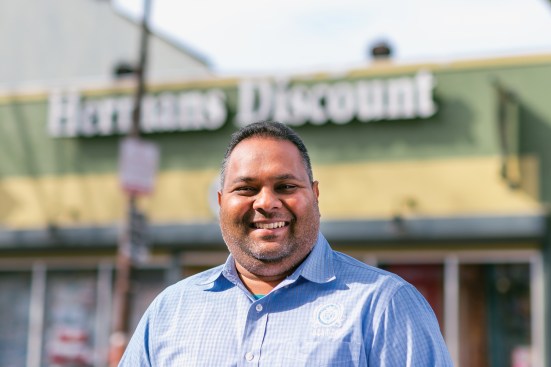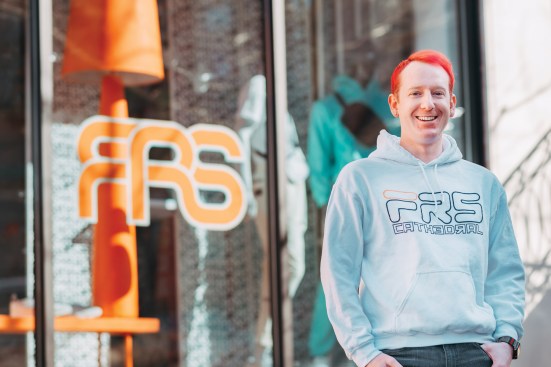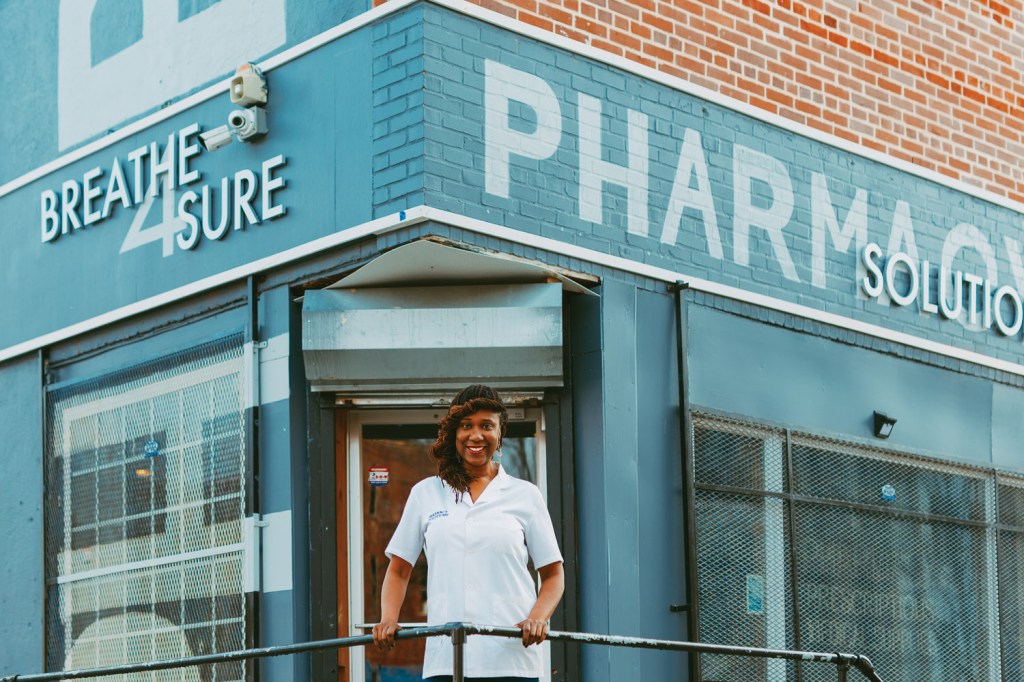In April 2015, civil unrest following the death of Freddie Gray resulted in property damage across Baltimore and renewed the call for social justice throughout the city. Spurred by business owners’ loss of revenue, Governor Larry Hogan and the Maryland Department of Housing and Community Development launched the Maryland Business Recovery Storefront Improvement Program to fund repairs, upgrades, and worker programs. The initiative aimed to revitalize not only retail establishments affected by the unrest, but also ones that had faced long-term disinvestment. AIA Baltimore, Baltimore Heritage, and the Neighborhood Design Center—organizations that have supported and preserved the city’s structures for more than half a century—facilitated design services on pro bono and “low bono” terms. The state funding allowed architects and local workforce development contractors to collaborate with shop owners to improve storefronts’ durability, security, and curb appeal. Four years later, these Baltimore businesses are redefining what community means on their blocks.
“I was consistently impressed by the architects’ creativity in using a limited palette of potential improvements to create very customized identities for these storefronts. Even when they were using something as simple as a new coat of paint on a building, they were able to incorporate elements of branding or draw on the history of the building, supporting a sense of place.” —Laura Wheaton, AIA, architect at Brennan + Company, AIA Baltimore board of directors member, formerly a Neighborhood Design Center program manager and coordinator of Storefront Improvement Program projects
Breathe4Sure Pharmacy
Situated on the corner of a Harlem Park row house block, Breathe4Sure Pharmacy suffered severe damage during the 2015 uprising. Though devastated in the aftermath, pharmacist and owner Maisha McCoy was able to keep her patrons healthy by filling prescriptions out of a pickup window during the year that followed. Architect Kathleen Lechleiter, AIA, of Twopoint Studio, designed a more accessible and visible storefront, complete with a wheelchair ramp donated by a local contractor and a newly branded façade. Both have made it easier for McCoy to grow her outreach in the community.
“It was my first time working with an architect, and it was really exciting. I never had branding support or an architectural design. Now the pharmacy is a ray of sunshine on the corner. People can see us now from blocks away, whereas before they didn’t know what we were. We have a lot of vacancy on the block and many demolitions going on in the community. It’s difficult to be an independent [businessperson] in this industry, but because I stuck it out and didn’t leave, more people in the community are open to walking in and trying us.”—Maisha McCoy, Pharmacy Solutions and Breathe4Sure Pharmacy
“Sometimes people think ‘big’ architecture is about flashy buildings. I would say that architecture is more about collaboration and the community having a ‘big’ impact. Ultimately, it’s not about what I think the design should be. We wouldn’t have come up with this design without Maisha. It was a direct result of what she wanted and needed for her business and her community. It’s not just a storefront or a pharmacy—this project has a larger impact.” —Kathleen Lechleiter, AIA, Twopoint Studio
Herman’s Discount

Obiekwe Okolo
Ricky Herman, Herman's Discout
For 20 years, family-owned Herman’s Discount has provided school uniforms and supplies to the residents of Baltimore’s Waverly neighborhood. After a façade improvement project just over a decade ago, owner Ricky Herman witnessed a slow deterioration chiefly caused by inadequate materials. Rob Brennan, AIA, of Brennan + Company Architects, was AIA Baltimore president at the time of the 2015 uprising, which minimally impacted Herman’s but inspired collaboration among design and business development organizations. Brennan designed upgrades to Herman’s double storefront, selecting durable materials that would last for years to come and establishing cohesion with the rest of the block while respecting the buildings’ historic elements.
“It is a drastic improvement from what we had before, not just in terms of the materials, but also the way it looks. We’re going into our 21st year and, with the economy, we saw our strongest year last year. We hope to continue the growth. I’d like to think this project had a part to play in that. We’re very proud of being here for that long. We’re proud of the building and the way it looks now.” —Ricky Herman, Herman’s Discount
“I’ve always made the effort to be out there and contribute. I think the more architects are talking about the importance of ‘place,’ the more people will become aware of it. With our training and experience, architects are tremendously vital to their communities.” —Rob Brennan, AIA, Brennan + Company Architects
FRS

Obiekwe Okolo
Harrison Davis, FRS
Harrison Davis founded historic downtown Baltimore’s For Rent Shoes (now FRS) in 2013 as a destination sneaker boutique selling products that can’t be found within 100 miles. Looters broke into the leased space in 2015, inflicting $7,000 worth of damage in a single day and spurring the need for extensive upgrades. Recognizing that security and visual appeal would be crucial to the shop’s future, the team at J. Neal Design leveraged their fabrication capabilities to creatively reimagine a safer and more inviting storefront that aligns with Davis’ vision to integrate the business more fully into the surrounding community.
“Most storefronts in Baltimore are old row homes that have never been reimagined. We needed to address safety as well as the need to push retail front spaces forward in the city. Jason [Neal] and I are both very creative; we believed in the mission of what we were trying to do. We were able to do a lot with very little due to the ingenuity of his team. It’s definitely made an impact on our business. People can figure out who we are because the branding is more cohesive. It’s really helped with sales and public awareness.” —Harrison Davis, FRS
“Our design was about addressing the current realities and needs of the client, the building, and the urban fabric of Baltimore. We looked for solutions that were forward-thinking, resilient, and budget-conscious. Utilizing our fabrication capabilities, we were able to balance beauty, security, flexibility, and business value. Being Baltimore local and Baltimore proud, we understand the importance of our small businesses holding the communities together. We’re grateful to contribute our skills and expertise in helping For Rent Shoes continue their positive presence in the neighborhood.” —Jason Neal & Edrie Ortega, J. Neal Design
